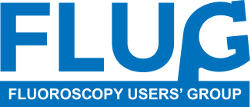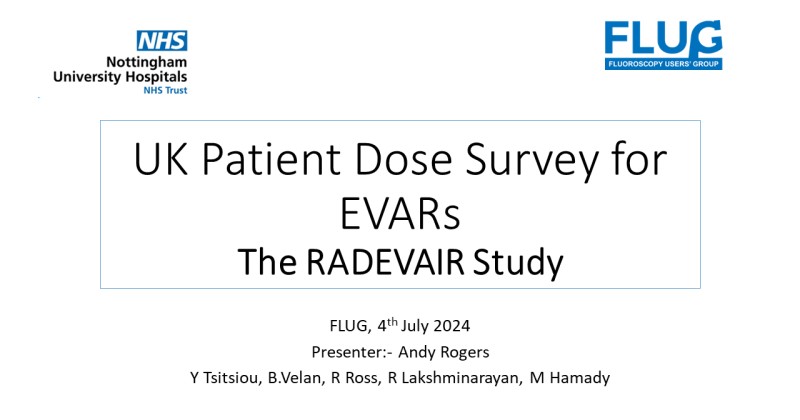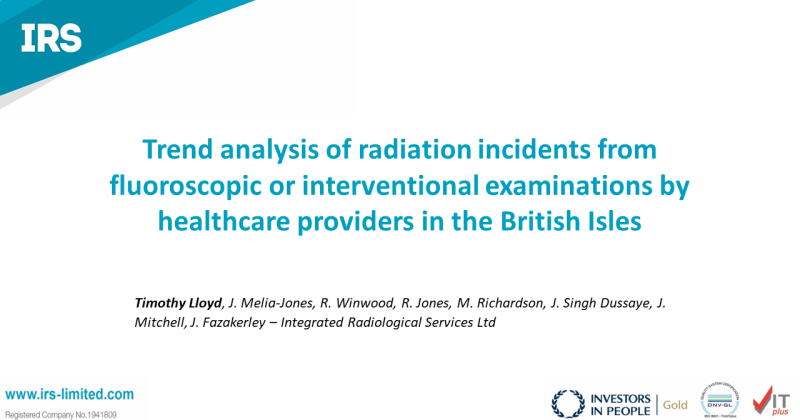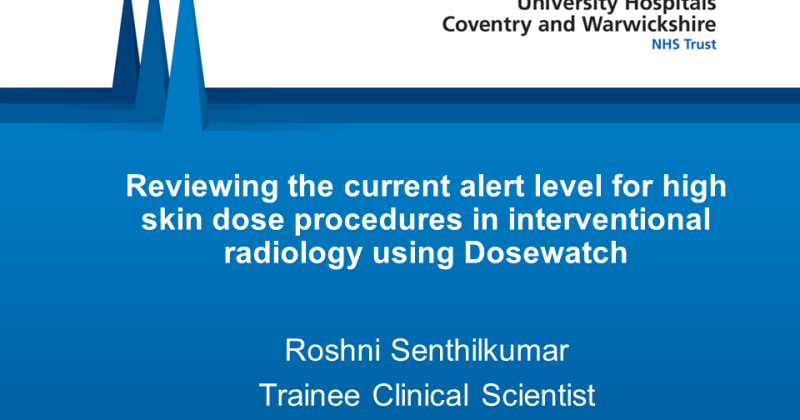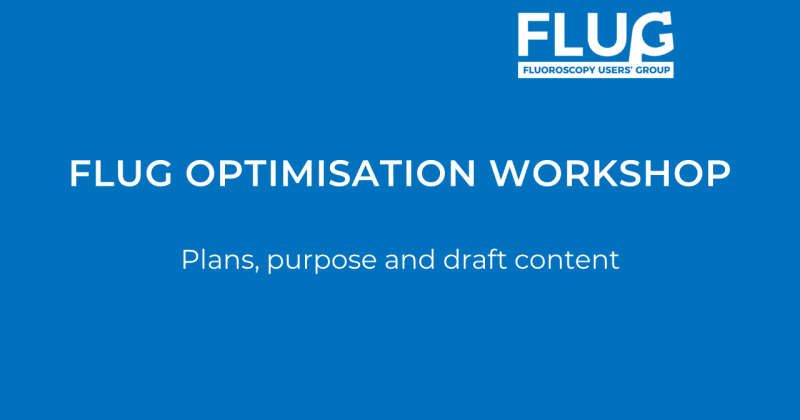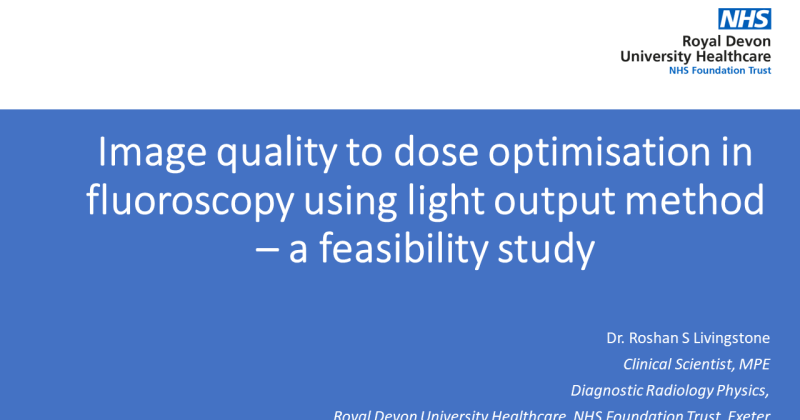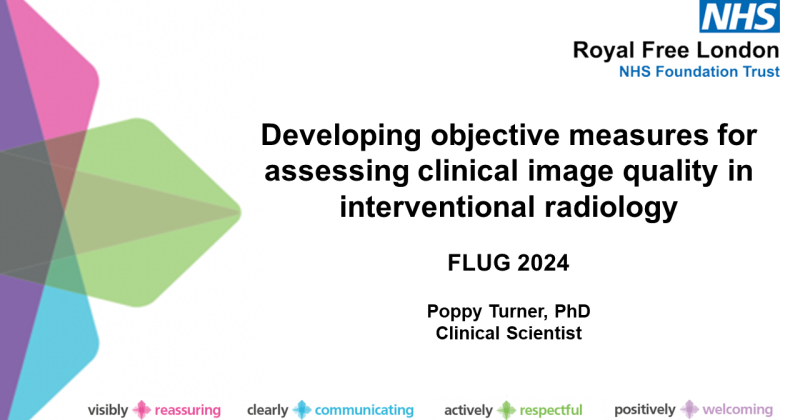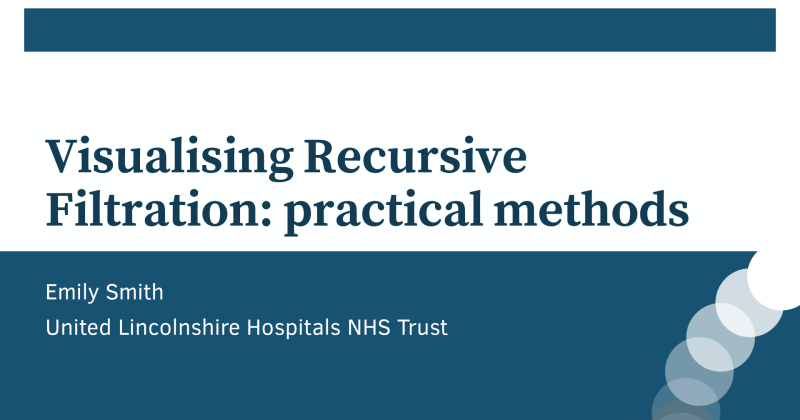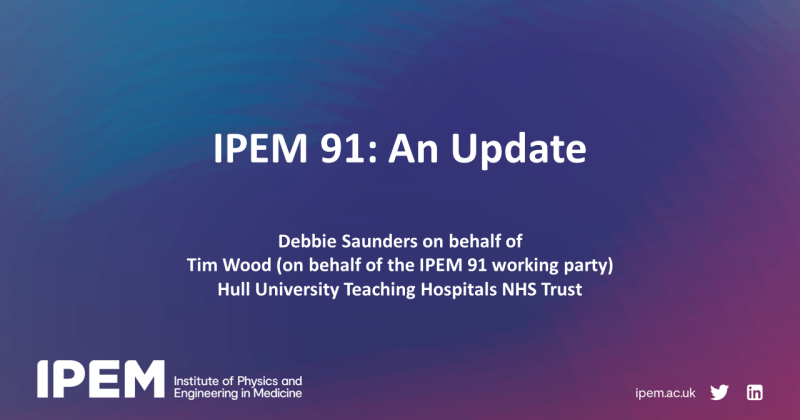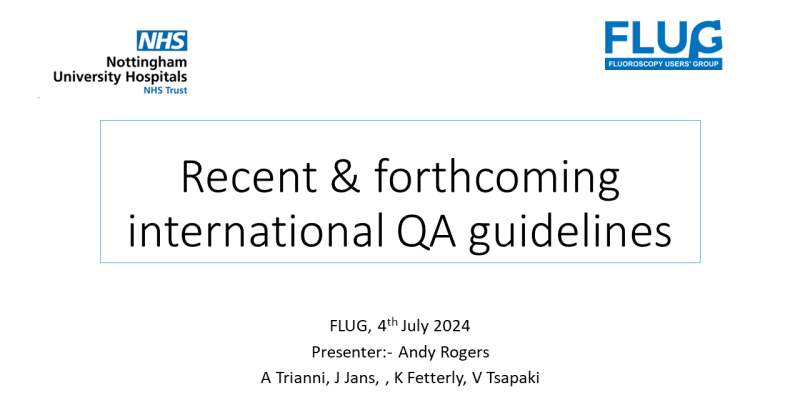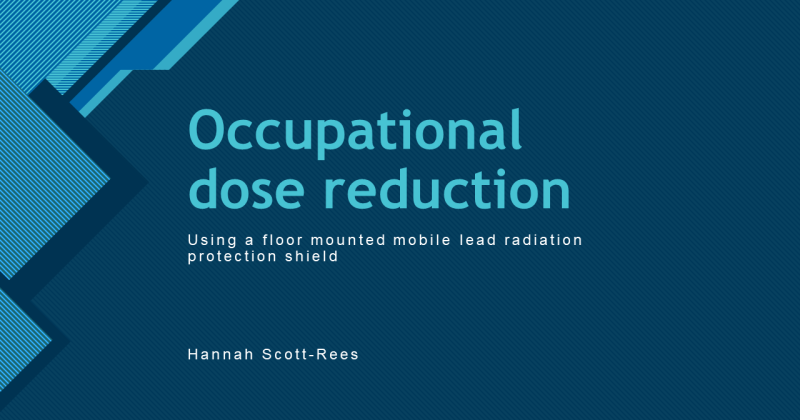
FLUG 2024 – Occupational dose reduction: Using a floor mounted mobile lead radiation protection shield; Hannah Scott-Rees
With the increasing number and complexity of interventional cardiology procedures there is the potential of higher occupational radiation doses to interventionists. Significant development has been achieved with mobile lead equivalent radiation protection devices, providing enhanced radiation protection without the requirement of being directly worn by staff. The RAMPART M1128 radiation protection shield is one of these devices. The dose reduction provided to staff within a Cardiac Catheterisation Laboratory was assessed via use of Electronic Personal Dosimeters (EPD) with the Philips live dosimetry system DoseAware (Philips DoseAware). A 60% dose reduction to the primary operator can be achieved with the Rampart device. With further dose reductions possible for other individuals in the range of 65 to 84%. Additionally, dose rate measurements were taken in a simulated clinical set up using a phantom, which showed that the device provided a 65% dose reduction at eye level and 90% dose reduction at chest level for the primary operator position. This shows a potential...
